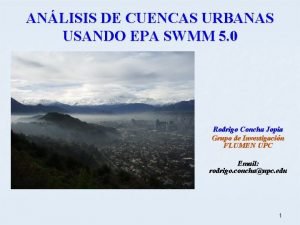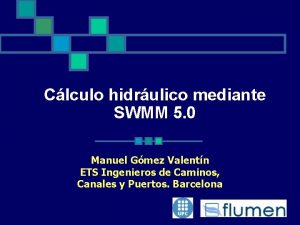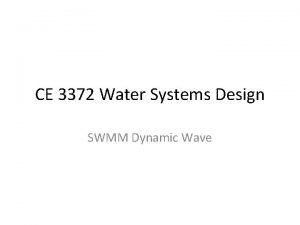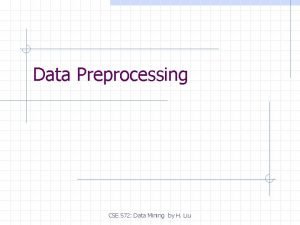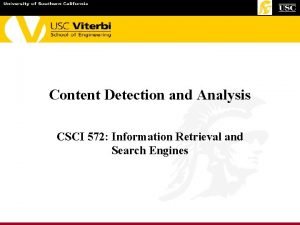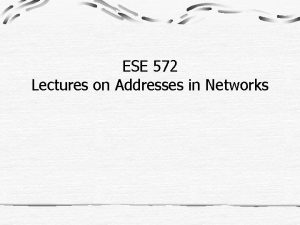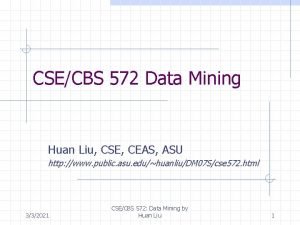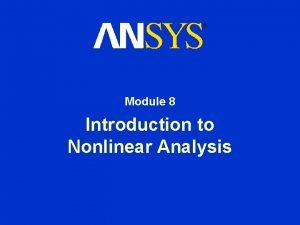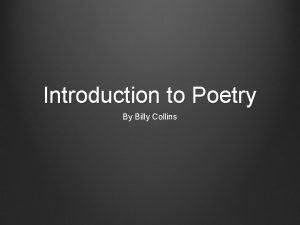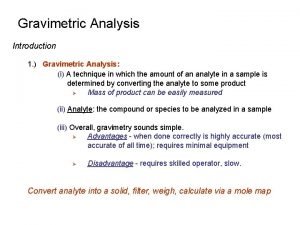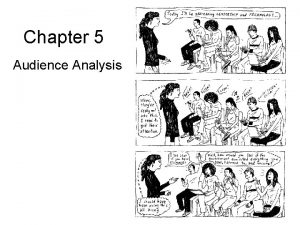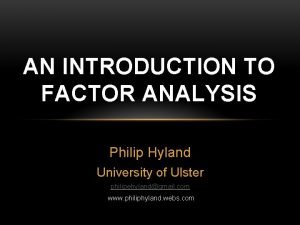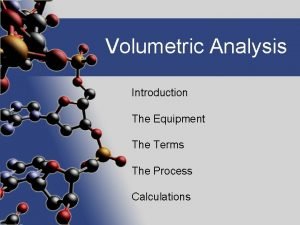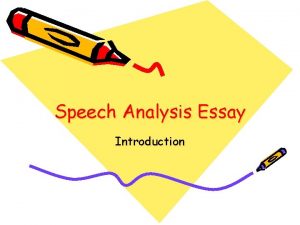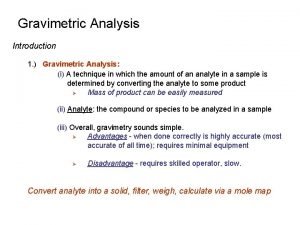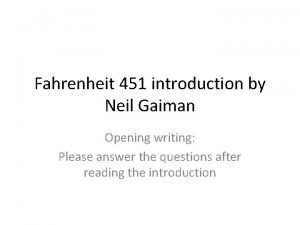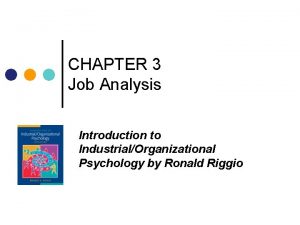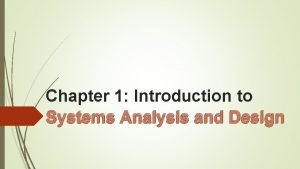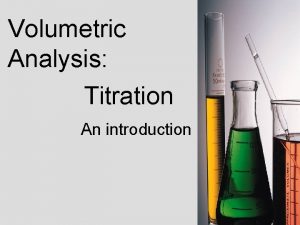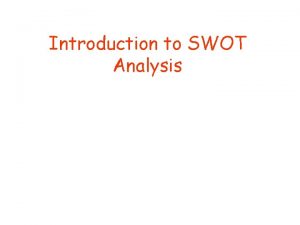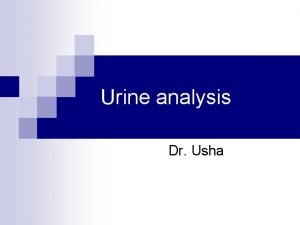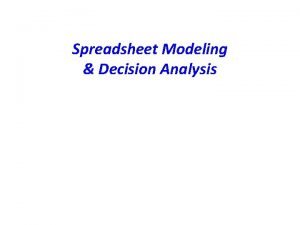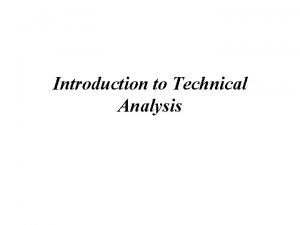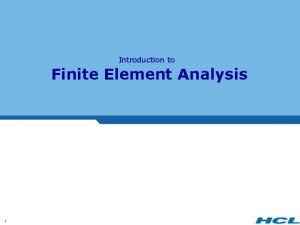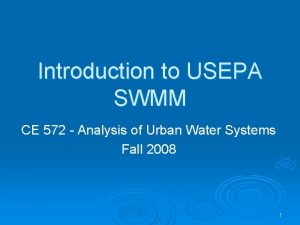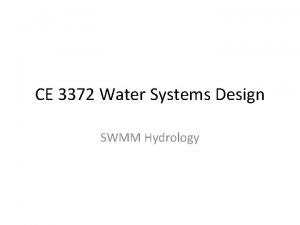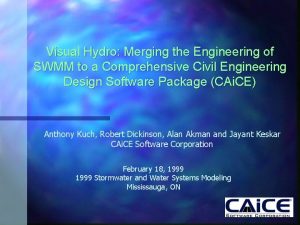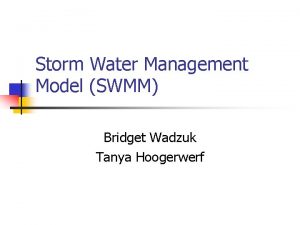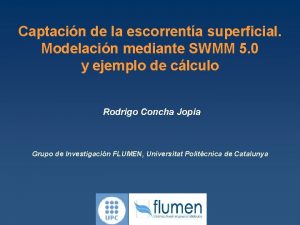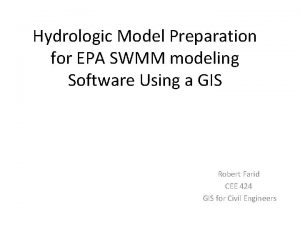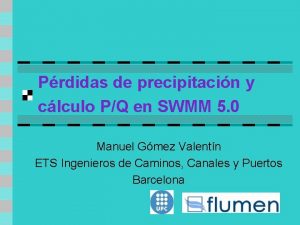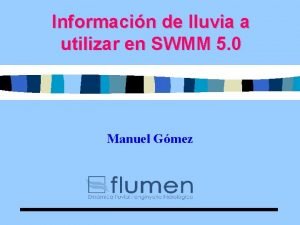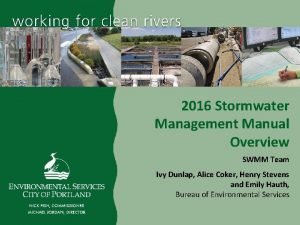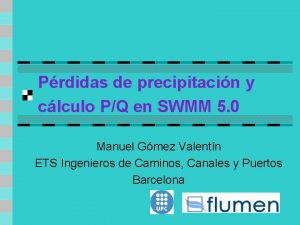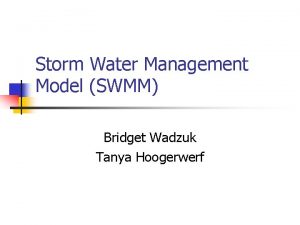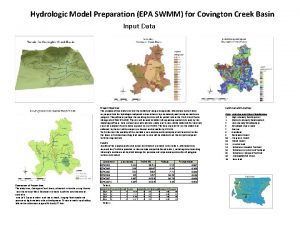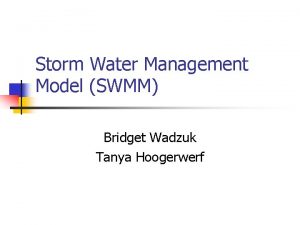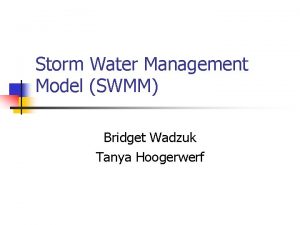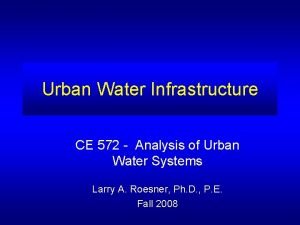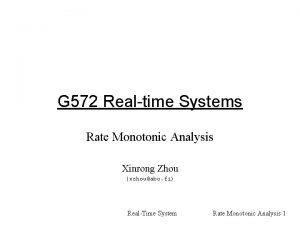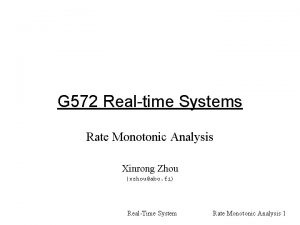Introduction to USEPA SWMM CE 572 Analysis of


































- Slides: 34

Introduction to USEPA SWMM CE 572 - Analysis of Urban Water Systems Fall 2008 1

Topics to Be Covered Ø SWMM’s Capabilities Ø Old SWMM v. New SWMM Ø SWMM’s Data Objects Ø SWMM’s Process Models Ø Additional Resources 2

What Is SWMM? SWMM is a distributed, dynamic rainfall-runoff simulation model used for single event or long-term (continuous) simulation of runoff quantity and quality from primarily urban areas. 3

SWMM’s Process Models 4

Hydrologic Modeling Features Ø Spatially and time varying rainfall Ø Evaporation of standing surface water Ø Snow accumulation and melting Ø Interception from depression storage Ø Infiltration into soil layers Ø Percolation into shallow groundwater Ø Interflow between groundwater & channels Ø Nonlinear routing of overland flow 5

Hydraulic Modeling Features Ø Handles drainage networks of any size Ø Accommodates various conduit shapes as well as irregular natural channels Ø Models pumps, regulators, storage units Ø Allows external inflows from runoff, groundwater, RDII, sanitary, DWF, and user-supplied time series Ø Uses flexible rule-based controls for pumps and regulators Ø Models various flow regimes, such as backwater, surcharging, reverse flow, and surface ponding 6

Water Quality Modeling Features Ø Pollutant buildup over different land uses Ø Pollutant washoff during runoff events Ø Reduction in buildup from street cleaning Ø Reduction in washoff from BMPs Ø Inflows from user-defined sources and sanitary DWF Ø WQ routing through the drainage network Ø User-defined treatment functions 7

Typical Applications of SWMM Design and sizing of drainage system components including detention facilities Ø Flood plain mapping of natural channel systems Ø Control of combined and sanitary sewer overflows Ø Generating non-point source pollutant loadings for wasteload allocation studies Ø Evaluating BMPs and LIDs for sustainability goals Ø 8

Limitations of SWMM Ø Not applicable to large-scale, non-urban watersheds Ø Not applicable to forested areas or irrigated cropland Ø Cannot be used with highly aggregated (e. g. , daily) rainfall data Ø Its an analysis tool, not an automated design tool 9

SWMM Chronology Ø 1971 - SWMM I (M&E, UF, WRE) Ø 1975 - SWMM II (UF) Ø 1981 - SWMM 3 (UF & CDM) Ø 1983 - SWMM 3. 3 (PC Version) Ø 1988 - SWMM 4 (UF & CDM) Ø 2005 – SWMM 5 (EPA & CDM) 10

Old SWMM Structure 11

Structure of SWMM 5 12

SWMM 5’s Visual Objects 13

Flow Routing Algorithms in SWMM 5 Ø Steady Flow l l Ø Kinematic Wave l l l Ø simple hydrograph translation applicable only to branched networks gravity force balanced by friction force attenuated & delayed outflow due to channel storage applicable only to branched networks Dynamic Wave l l solves full St. Venant eqns. accounts for channel storage, backwater effects, pressurized flow, and reverse flow applicable to any network layout requires smaller time step 14

Flow Routing Algorithms in SWMM 5 Ø Steady Flow Routing l Ø Kinematic Wave l l Ø Actually just sums instantaneous subcatchment runoff for all subcatchments upstream of the selected channel Uniform, unsteady flow No backwater, no surcharge, tree branch systems only unless flow splits are input Dynamic Wave l l Non-uniform, unsteady flow Backwater, surcharge, looped or parallel sewers, street routing of flooded sewer manholes 15

General Conceptual Model. For Dynamic Wave 16

Link and Node Properties 17

Hydraulic Boundary Condition at Nodes Grelev(NN, 1) Grelev(NN, 2) Conduit ( N) JN JN+1 18

Node Flooding Options 19

Surface Routing of Flood Flows Surface Gutter (N N) Zp(NN, 1) Zp(NN, 2) Conduit ( N) JN JN+1 20

Conceptual Representation of the Dynamic Routing Algorithm 21

Basic Flow Equation 22

Continuity Equation 23

Flow Cases Covered in Dynamic Routing Algorithm 24

Flow Cases Covered in Dynamic Routing Algorithm 25

Flow Cases Covered in Dynamic Routing Algorithm 26

Conceptual Representation of Storage in SWMM 27

Orifices and Weirs 28

Representation of Weirs 29

Representation of Pump 30

EPA SWMM Web Site http: //www. epa. gov/ednnrmrl/swmm/ 31

The SWMM-USERS List Server List servers provide a means for subscribers to get quick answers to questions and participate in discussions relating to the list server topics. Subscription is free, and subscribers receive all the e-mail that is sent to the list and can in turn send e-mail to the list. The SWMM-USERS list server is a forum for users of the public-domain USEPA SWMM program to share ideas and ask questions on issues related to stormwater management modeling. A searchable archive of past questions and answers is available through our SWMM Q&A database. To subscribe to a list, send an email to listserv@listserv. uoguelph. ca. Do not put anything in the subject line and, in the body of the message, include the following line (with NO other text and no brackets): SUBSCRIBE SWMM-USERS [first name] [last name] For example, SUBSCRIBE SWMM-USERS JANE DOE 32

SWMM Wrappers With GIS Interfaces Ø XP SWMM – XP Software (www. xpsoftware. com) Ø Mike SWMM – DHI Ø Info. SWMM - MWH Soft Ø PC SWMM – CHI (www. dhisoftware. com) (www. mwhsoft. com) (www. computationalhydraulics. com) 33

Homework 1. Download SWMM 5 from the EPA Website http: //www. epa. gov/ednnrmrl/models/swmm/index. htm 2. Download the User’s Manual 3. Page through the Users Manual so you are familiar with it 4. Look at the tutorial and be prepared to run it in class on Thursday 34
 Epa swmm español
Epa swmm español Swmm ejemplos
Swmm ejemplos Swmm
Swmm Chord apa yang disusun oleh nada 572
Chord apa yang disusun oleh nada 572 Cse 572 data mining
Cse 572 data mining Csci572
Csci572 Ese 572
Ese 572 Data mining
Data mining Find the odd one : 396, 462, 572, 427, 671, 264
Find the odd one : 396, 462, 572, 427, 671, 264 Body paragraph
Body paragraph System analysis and design
System analysis and design Introduction to nonlinear analysis
Introduction to nonlinear analysis The hunger games analysis introduction
The hunger games analysis introduction Collins introduction to poetry
Collins introduction to poetry An introduction to the analysis of algorithms
An introduction to the analysis of algorithms Gravimetric analysis formula
Gravimetric analysis formula Situational audience analysis definition
Situational audience analysis definition Introduction to factor analysis
Introduction to factor analysis Character review example
Character review example Introduction of volumetric analysis
Introduction of volumetric analysis Introduction paragraph for literary analysis
Introduction paragraph for literary analysis Speech analysis introduction
Speech analysis introduction Gravimetric analysis notes
Gravimetric analysis notes Neil gaiman intro to fahrenheit 451
Neil gaiman intro to fahrenheit 451 Job analysis vs job evaluation
Job analysis vs job evaluation Introduction to system analysis and design
Introduction to system analysis and design Introduction of design and analysis of algorithms
Introduction of design and analysis of algorithms Titration introduction
Titration introduction Macbeth analysis introduction
Macbeth analysis introduction Introduction for swot analysis
Introduction for swot analysis Modified rothera test
Modified rothera test Decision tree approach
Decision tree approach Introduction of technical analysis
Introduction of technical analysis Introduction to fem
Introduction to fem Swot analysis introduction
Swot analysis introduction
